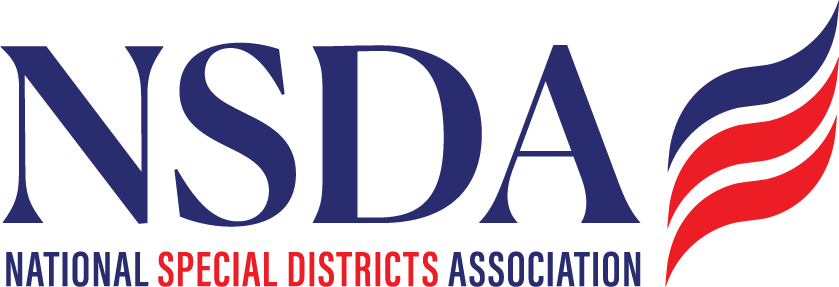EPA Announces $2B to Address Emerging Water Contaminants in Small, Disadvantaged Communities
February 14, 2023
The U.S. Environmental Protection Agency (EPA) has announced $2 billion to address emerging contaminants in small and disadvantaged communities’ drinking water, including per- and poly- fluoroalkyl (PFAS).
EPA made the announcement as it continues to review comments on its proposed rule to designate PFAS as a hazardous substance under the Comprehensive Environmental Response, Compensation, and Liability Act (CERCLA), and as the Agency readies for release of a proposed rule establishing a national drinking water standard for PFAS “in the coming weeks.”
The $2 billion in funding will be made available later this year through the new Emerging Contaminants in Small or Disadvantaged Communities (EC-SDC) grant program. It is a result of the bipartisan Infrastructure Investments and Jobs Act (IIJA), which authorizes $5 billion between fiscal years 2022-2026 to “help communities that are on the frontlines of PFAS contamination reduce PFAS in drinking water.” The new grant is fashioned to include disadvantaged communities in both rural and urban settings.
Eligible projects for EC-SDC, according to EPA, will include:
- Efforts to address emerging contaminants in drinking water that would benefit a small or disadvantaged community on a per household basis.
- Technical assistance to evaluate emerging contaminant problems.
- Programs to provide household water-quality testing, including testing for unregulated contaminants.
- Local contractor training.
- Activities necessary and appropriate for a state to respond to an emerging contaminant.
Special districts with projects eligible for the EC-SDC must serve a disadvantaged community, defined as “the service area of a public water system that meets affordability criteria established after public review and comment by the State in which the public water system is located.”
EPA released a grant implementation document for states to utilize in advance of the EC-SDC’s launch and will continue to release additional information. The state implementation guide is found at this link.
